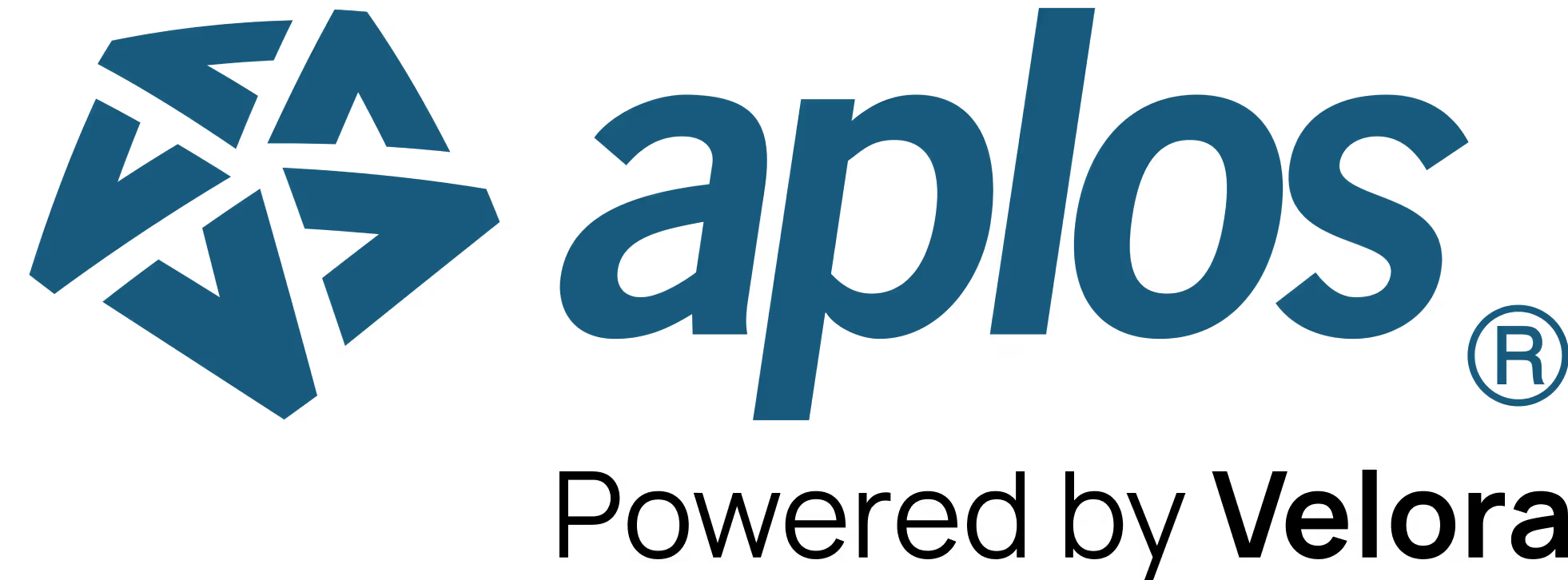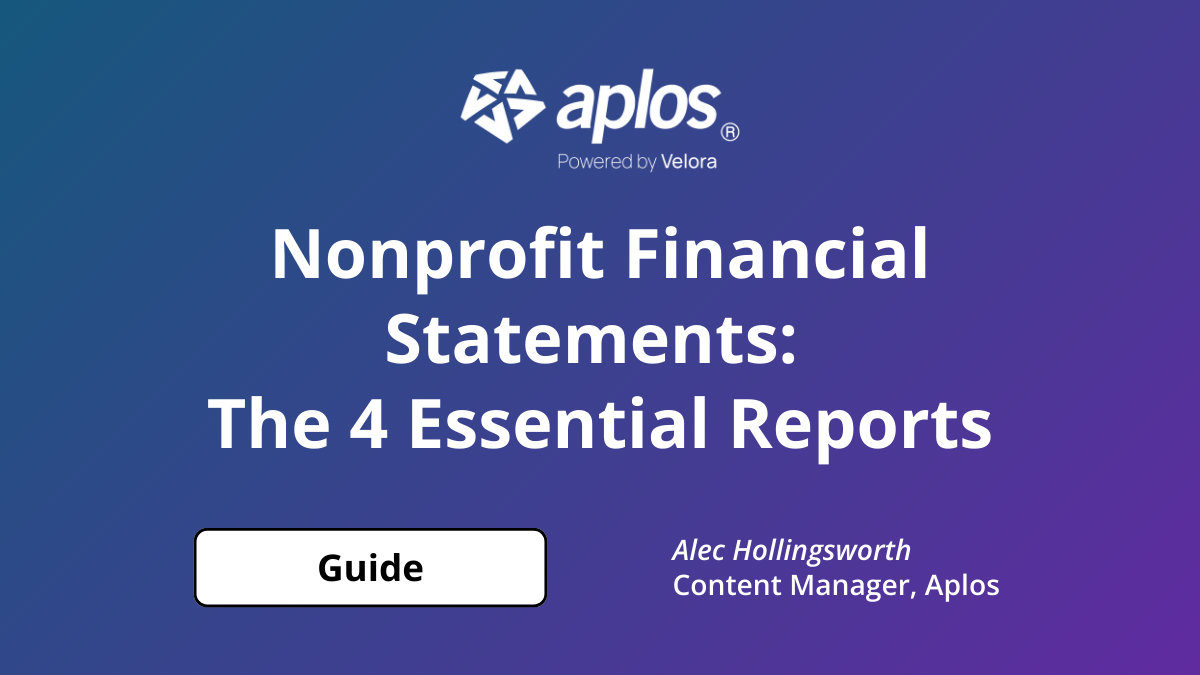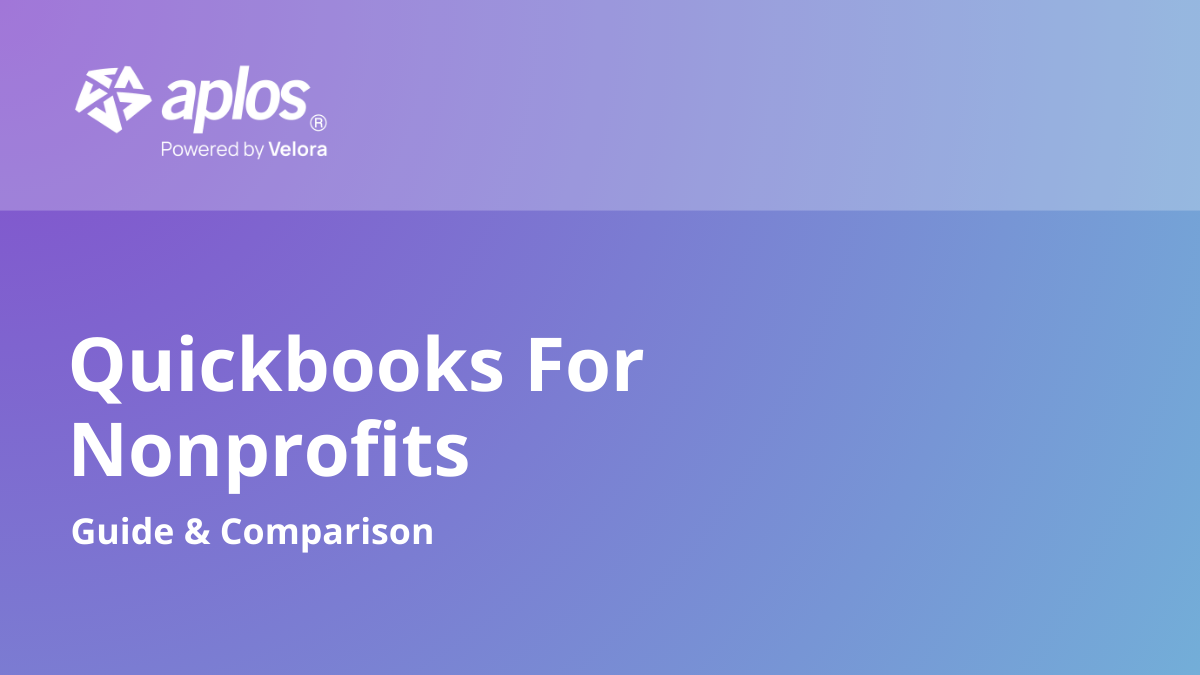

Managing the donors for your organization can get confusing the more donors you have. Do you have the right tools for managing your primary source of funding? Below are 4 tips for managing your nonprofit’s donors.
1. Managing donors means using the right software platform
Running your organization in the digital age means the software you use will be the bedrock of success. It’ll be the foundation on which you perform anything that requires a computer screen. Therefore, having the right software platform is crucial to whether your organization will thrive.
Nonprofits tend to use a variety of software programs that cater to specific tasks. This can cause a logistical nightmare. Oftentimes these programs aren’t integrated, and people end up spending hours inputting the same data repeatedly into each system.
The answer is to use a system that covers all your bases, from managing donors to fund accounting. The right nonprofit donor management software should offer:
- CRM (Customer Relationship Management) technology that lets your nonprofit track all of your donors
- Organization of donors so you can see who is the most dedicated, and who needs to be stewarded further
- Online giving that lets you capture donors on your website
- Email marketing so you can send emails to different supporter segments from your database
Learn more about the right donor management platform for your nonprofit.
2. Capture the right data so you can build in-depth donor profiles for proper managing
Managing donors effectively is all about the data. If you don’t have the right information about your supporters, you can’t manage them effectively.
You can never track too much information about your donors. Compile donor profiles that include:
- Biographical and contact information
What is the donor’s informal name, date of birth, employer, gender, and contact information (including social media)? - Relationships
Who else in your database are they connected to? And how? - Communication preferences
Would they rather receive a phone call or an email? What types of newsletter content do they prefer? - Customized data points
Create custom data fields for your donor profiles that capture unique data points central to your strategy, like alma mater or T-shirt size. - Affinity
How does the donor feel about your organization? Have you asked?
This tip circles back to the first one about ensuring you have the right donor management platform, as that will facilitate all the data you’ll be compiling on your donors.
3. Communicate to segments of donors based on their profiles
Your donors love personalized communication, but sometimes it isn’t feasible to send out an email or another type of communication that is customized to every single person. However, you still might want to send out several versions of the same communications to different groups of people. The message will still feel personal, but it will save you time.
For example, if you’re sending out a communication of an upcoming event that needs volunteers, you may be able to segment multiple groups to get a different version of it. One version might go to those who are currently helping your organization, one might go to those who haven’t volunteered for you before, and another might go to those who have volunteered in the past but you haven’t seen in awhile. Sending out communications in this fashion can be much more effective, as sending out the same newsletter or appeal to everyone in your database is only going to result in the message resonating with a select few.
4. Standardize everything!
Finally, one of the most effective ways to get more from your strategy of managing donors is to document that strategy. Over the months and years that you’re running your organization, you learn not only how not to do something, but also the most effective way to complete a task. The most effective ways can be considered best practices.
With turnover as high as it is in the nonprofit sector, you’ll want to have a documented standard operating procedure for how the database is used.
Hopefully, organizational growth and not turnover will be the reason why database responsibilities get turned over from one person to the other. Don’t be afraid to let multiple employees use the database. Just be sure they’re all following the same guidelines, such as “St.” or “Street.”
In Closing
Never underestimate the power of a good software platform. Data makes the world go round, and you’ll need to effectively track that data if you want your organization to reach its full potential.
Aplos Software comes with much more than donor management features. We’ll help you with your fund accounting, donation tracking, website building, and much, much more. Sign up for a free trial today.

Our comprehensive closeout services start at $399 per month that needs to be reconciled. Sign up before Jan 1st and pay just $199.50 per month!
Copyright © 2025 Aplos Software, LLC. All rights reserved.
Aplos partners with Stripe Payments Company for money transmission services and account services with funds held at Fifth Third Bank N.A., Member FDIC.
Copyright © 2024 Aplos Software, LLC. All rights reserved.
Aplos partners with Stripe Payments Company for money transmission services and account services with funds held at Fifth Third Bank N.A., Member FDIC.



.png)



